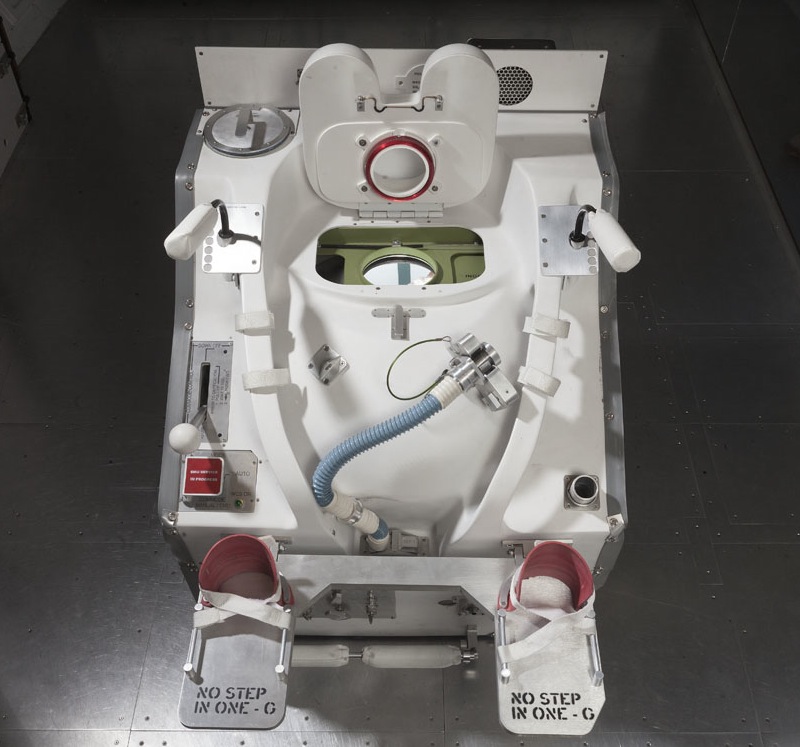Astronauts on long space missions, to Mars or more distant moons in the solar system, will have to travel light. On journeys lasting years, every gramme of payload will be precious, so mission planners are trying to devise ways to make as much as possible on-board. One intriguing strategy being discussed at this week’s American Chemical Society meting in Washington, DC is to use the crew themselves as sources of raw materials.

One constant on a crewed mission is that the crew have to breathe, eat and drink, and this means they will produce bodily waste, exhaling carbon dioxide and producing urine.
"If astronauts are going to make journeys that span several years, we'll need to find a way to reuse and recycle everything they bring with them," says Dr Mark Blenner, a synthetic biologist at Clemson University in South Carolina. "Atom economy will become really important."
Blenner’s team has been experimenting a variety of strains of the yeast Yarrowia lipolytica, which can consume nitrogen in untreated human urine and live in symbiosis with cyanobacteria or algae that fix carbon dioxide into a form they can ingest. Two strains are of particular interest: one which produces omega-3 fatty acids, which could be used to supplement astronauts’ diet to contribute to heart, eye and brain health; and one that the team has engineered to produce monomers and link them into polyesters. Brenner is continuing to work on this second strain to produce a variety of polymers that could potentially be used in a 3D printer to build plastic tools and components.
Although yeasts have been manipulated by humans for millennia in baking and brewing, these strains are quite different from historically-exploited ones. "We're learning that Y. lipolytica is quite a bit different than other yeast in their genetics and biochemical nature," Blenner says. "Every new organism has some amount of quirkiness that you have to focus on and understand better."




Project to investigate hybrid approach to titanium manufacturing
Sadly they will not be ordering any more presses from Wilkins & Mitchell http://www.historywebsite.co.uk/articles/Darlaston/WM.htm